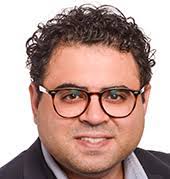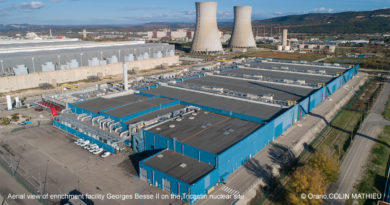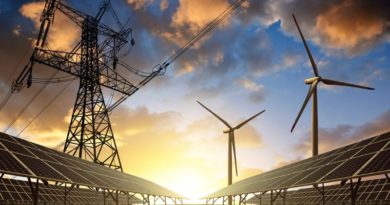
The EU circular strategy: a raw material recovery race
Raw materials are essential for the production of a broad range of goods and applications used in everyday life. They are present in all industries across every stage of the entire supply chain. It is therefore that they are also crucial for a strong European industrial base and seen as an essential building block of the EU’s growth and competitiveness. Raw materials are fundamental drivers to change, for instance, through digital technologies, low-carbon energy technologies (such as solar panels, wind turbines, energy-efficient lighting) and sustainable mobility, such as electric vehicles.
The accelerating technological innovation cycles and the rapid growth of emerging economies have led to a steadily increasing demand for these highly sought after metals and minerals.
This issue remains partly underexposed, despite more and more scientists highlighting its importance. In this regard, a paradigm shift towards a circular and regenerative economy is still necessary. For far too long, our economy has been ‘linear’. Meaning that raw materials are used to make a product, and after it had reached its life-cycle limit, any waste is thrown away.
According to the European Environmental Agency, the per-capita consumption of energy and materials is respectively three times and two times greater than that consumed by our ancestors in 1900. Moreover, we also have to consider that there are now over 7.2 billion humans sustained by these resources, compared with 1.6 billion back in 1900. Different studies highlight the fact that humans are consuming more resources than the Earth can regenerate. This is a real sustainability problem.
The concept of a Circular Economy, as an economic model radically moving away from the classical linear model, appears to be the solution to solve pollution and resources scarcity issues, as well as to address climate challenges.
It proposes a paradigm shift towards a circular economic system, where waste is eliminated, through the maximisation of reuse, repair, remanufacturing and recycling to create a closed-loop system, minimising the use of resource input and the creation of waste.
Innovation strictly meant as “technology development” is not the sole fundamental driver. An overhaul of our production processes, behavioural changes in consumption and regulatory changes are also needed to facilitate the shift towards a Circular Economy.
Some raw materials, such as vanadium, tungsten and cobalt have a high recycling input rate. This is mostly because the collection rate at end-of-life is high.
For example, vanadium is mostly used in steel alloys handled by businesses, and are therefore well collected at end-of-life. Other materials are more difficult to be recovered at end-of-life, for example such as indium. This material is used mainly for flat display panels and is hardly ever recycled due to lack of infrastructure and price volatility of the metal. Recycling processes to extract indium from display panels in an economical way are still under research and development.
It is undisputed that innovation and research can be of great benefit to recovering rates and recycling raw materials from products. In this regard, European funds for research and innovation play an important role. Horizon 2020 for example, has been instrumental in implementing the EU Raw Materials Initiative and the European Innovation Partnership (EIP) on Raw Materials. Particularly the Societal Challenge 5 on climate action, environment, resource efficiency and raw materials (SC5) has helped to respond to the challenge of securing the sustainable access to raw materials.
More than €200 million has so far been invested in R&I actions under the SC5, developing and demonstrating sustainable production of primary and secondary raw materials in the EU. In the last period of 2018-2020, more than €250 million was dedicated to the actions on raw materials, including more than €100 million under a Circular Economy Focus Area.
The actions contribute to improving access to (critical) raw materials and increased recovery rates in the EU, to reduced EU dependency on imports of (critical) raw materials and to strengthening the expert community in the EU.
Besides supporting the strengthening of European programmes like Horizon Europe, there is a wide range of policy tools that can help facilitate circularity. From recycling by consumers to extended producer responsibility, and from rights to repair to product design. There are all kinds of measure imaginable to decrease the extraction of raw materials and improve the end-of-life recovery of raw materials by implementing Circular Economy approaches.
It is therefore crucial for the EU to invest in infrastructure and technologies that make recovery and recycling of raw materials possible and more efficient. From a production point of view, we need to promote the design of resource-efficient goods and services, reparability, durability and possibilities for upgrading and recycling of products. For example, through the Ecodesign Directive and extended producer responsibility schemes. From a consumption side, we can use labelling to inform consumers about product sustainability or support the integration of requirements promoting a circular economy in green public procurement.
Whatever tools and instruments we will use, moving towards a Circular Economy to prevent the enormous amounts of wastes and unrecoverable (raw) materials is essential in mitigating climate change, our dependency on access to raw materials and for improving the European industries’ competitiveness.




